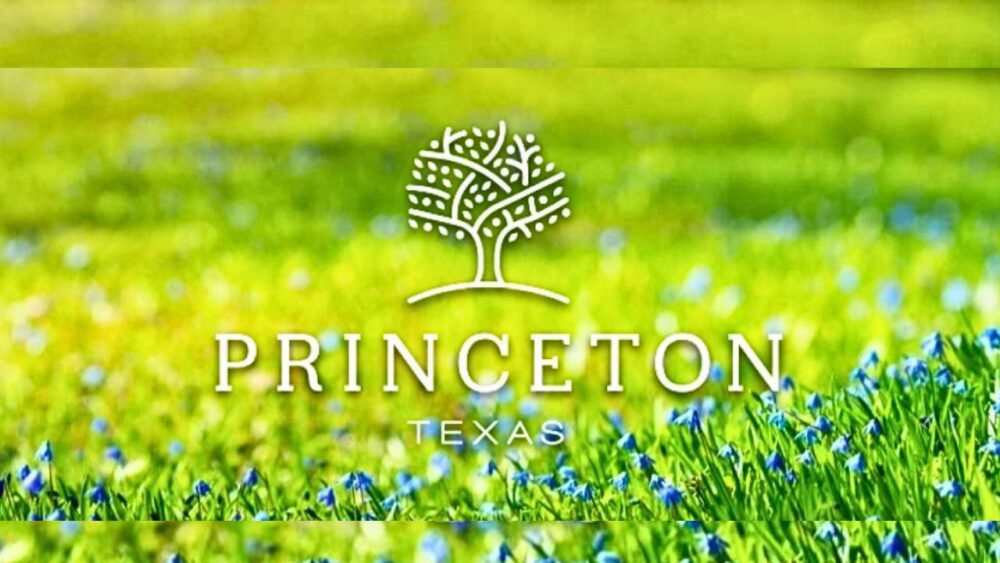Princeton, a small city northeast of Dallas, has surged to become the fastest-growing city in the United States, with a 30% population increase in a single year, according to U.S. Census Bureau estimates released Thursday.
The city’s population, now just over 37,000, has more than doubled since 2020 when fewer than 18,000 residents lived in this once-rural town.
Texas dominates national growth trends, claiming seven of the 15 fastest-growing cities, including Princeton, Fulshear, Celina, Anna, Fate, Melissa, and Hutto. Five of these, including Princeton, are in the Dallas-Fort Worth region, which is transforming into a mega-region.
Fort Worth surpassed 1 million residents in 2024, joining Dallas at 1.3 million, making the area the only U.S. urban region with two cities exceeding 1 million.
“It’s affordability,” Princeton Mayor Eugene Escobar told The Texas Tribune, explaining the city’s appeal. “That’s really the driving factor.”
According to Zillow, the typical Princeton home is valued at $325,000, compared to $500,000 in nearby McKinney or $685,000 in Frisco. Escobar bought his home for $240,000 in 2017 and noted the rapid changes since he moved to Princeton in 2013, when it had just two stoplights.
“Nobody expected this to be Princeton,” he said.
The city added twice as many homes from 2020 to 2023 as in the previous decade, with sprawling subdivisions, apartments, and townhomes emerging. Signs along U.S. 380 advertise new homes starting at $200,000, and 10,000 more are planned.
However, rapid growth strained infrastructure, prompting a City Council moratorium on new residential construction last year to ease pressure on water, sewage, fire, and police services. Escobar said the council may lift the pause this summer.
City Manager Michael Mashburn emphasized shaping Princeton’s future while preserving its small-town feel.
“We have the ability to dictate what future generations are going to enjoy in Princeton and frame that identity today,” he said, per the Tribune.
A $109 million bond program is enhancing parks, and new retailers like Walmart and chain restaurants have opened, though officials aim to add more shopping and dining options.
Statewide, Texas’ growth remains robust despite a slowdown.
Houston, the state’s largest city, added 43,217 residents, reaching nearly 2.4 million, second only to New York City’s increase. San Antonio, with 1.5 million, gained nearly 24,000 residents. Georgetown and San Angelo joined seven Texas cities now exceeding 100,000 residents. Fort Worth overtook Austin to become Texas’ fourth-largest city, while Dallas remains third in the state and ninth nationally.
North Texas led the state’s growth, with only nine Texas cities losing population. Collin County hosts four of the nation’s fastest-growing cities—Princeton, Anna, Celina, and Melissa—while Rockwall ranked eighth nationally.
Growth has brought jobs but also challenges, including traffic, strained water supplies, and overwhelmed schools and services. Princeton’s leaders are balancing development with long-term planning to maintain the quality of life in this booming bedroom community.


